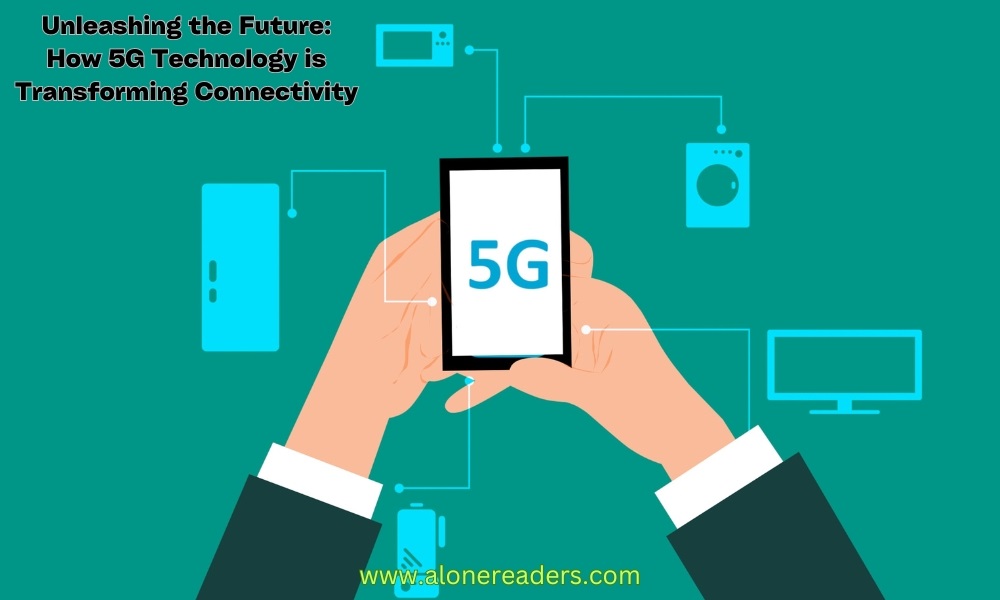
In the world of telecommunications, each new generation of network technology has brought significant advancements. 5G—or fifth generation—technology is no exception, heralding a major revolution in digital connectivity. Unlike its predecessors, 5G promises unprecedented speeds, minimal latency, and the capacity to connect more devices simultaneously. This transformative technology is set to reshape industries, enhance urban infrastructure, and redefine consumer experiences. This article explores the core features of 5G technology, its potential applications, challenges in implementation, and the future it is likely to create.
5G technology is the latest iteration of cellular network technology, engineered to vastly increase the speed and responsiveness of wireless networks. With 5G, data transmitted over wireless broadband connections could travel at rates as high as 20 gigabits per second—more than 20 times faster than 4G. This leap in speed and capacity is achieved through a combination of advanced radio frequency and new, albeit controversial, infrastructure technologies involving small cell networks.
The technical foundation of 5G is built on OFDM (Orthogonal Frequency-Division Multiplexing), a method of modulating a digital signal across several different channels to reduce interference. 5G uses wider bandwidth technologies such as sub-6 GHz and mmWave (millimeter wave). These are complemented by smaller cells—base stations needed to support the network—that provide large quantities of data at high speeds with minimal delay.
The hallmark features of 5G technology include high data speeds, reduced latency, energy efficiency, increased connectivity, and greater capacity. The introduction of 5G is expected to not only enhance mobile broadband services but also support the development of new applications in the Internet of Things (IoT) and critical communications. Autonomous vehicles, smart cities, virtual reality, and integrated IoT applications are all set to benefit from the features of 5G.
The implementation of 5G technology carries the potential to revolutionize multiple sectors by supporting innovative applications:
Despite its vast potential, the rollout of 5G technology faces significant challenges. These include the need for widespread infrastructure development, concerns over electromagnetic radiation, data security issues, and the substantial costs associated with implementing the technology. Additionally, there is the challenge of ensuring universal access to avoid deepening the digital divide.
As we look to the future, the implications of 5G technology are profoundly promising, yet they require careful, strategic planning and robust safeguards. Nations around the world are gearing up for this next big leap in connectivity which will potentially transform everyday life by making our environments smarter and more responsive.
The advent of 5G technology is poised to impact almost every aspect of modern life, driving innovations that will foster new industries, create jobs, and enhance the quality of life globally. As we navigate the complexities associated with this powerful technology, its success will largely depend on the collaborative efforts of governments, technology providers, and communities. Indeed, 5G may not just be about connectivity—it could very well be about reimagining our collective future.